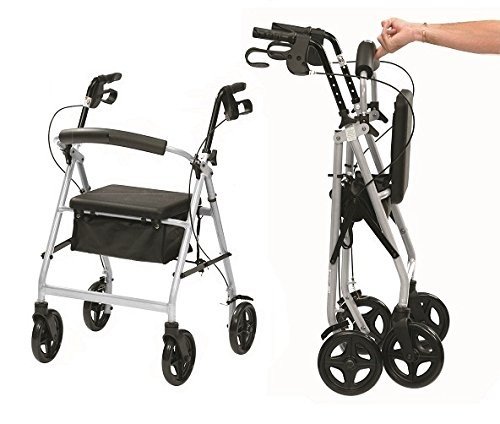Walking aids are essential tools designed to help individuals with mobility challenges, allowing them to move freely and easily. These gadgets can considerably improve autonomy, improve posture, minimize the threat of falls, and boost total quality of life. This short article looks into different types of walking aids, their benefits, factors to consider for use, and suggestions for selecting the best aid. Furthermore, a detailed FAQ area addresses typical questions about walking aids.
Walking aids can be found in numerous forms to accommodate various needs and choices. Below is a categorized list of the most typically used walking aids:

Walking aids offer numerous benefits that contribute to enhanced mobility, safety, and independence. Some key benefits consist of:
Selecting the ideal walking aid is important for safety and efficiency. Here are some aspects to consider:
Walking aids appropriate for individuals recovering from surgery, those with persistent pain, seniors experiencing balance concerns, or anybody with a mobility obstacle.
When standing straight with excellent posture, the top of the cane or Pepe 4-Wheel Rollator Walker with Seat need to align with the wrist bone. A health care professional can supply guidance throughout fitting.
While it's typically not safe to use a walker on stairs, some walkers are designed particularly for stairs with functions that boost stability. Constantly seek advice from a physiotherapist for customized recommendations.
Routinely look for loose parts, wear and tear, and tidy the gadget according to the maker's directions to make sure safety and durability.
Yes, walking aids can offer the required assistance and stability, helping to prevent falls and assist with well balanced movement.
Walking aids are vital devices that empower individuals with mobility challenges to keep independence and enhance their lifestyle. By understanding the various kinds of walking aids, their benefits, and necessary factors to consider for selection, users can make educated decisions tailored to their needs. Whether for momentary support or long-term use, the right walking aid can change daily routines and boost overall well-being.
| Type of Walking Aid | Functions | Best For |
|---|---|---|
| Canes | Single or quad bases | Moderate support |
| Walkers | Repaired or rolling alternatives | Lower body weak point |
| Crutches | Axillary or lower arm models | Short-term mobility issues |
| Wheelchairs | Handbook and electric alternatives | Severe mobility constraints |
Welcoming the right walking aid can lead to newfound liberty and a more active lifestyle, fostering self-reliance and social engagement. As constantly, consultations with health care experts can offer customized recommendations to make sure safety and effectiveness in utilizing walking aids.
No Data Found!

